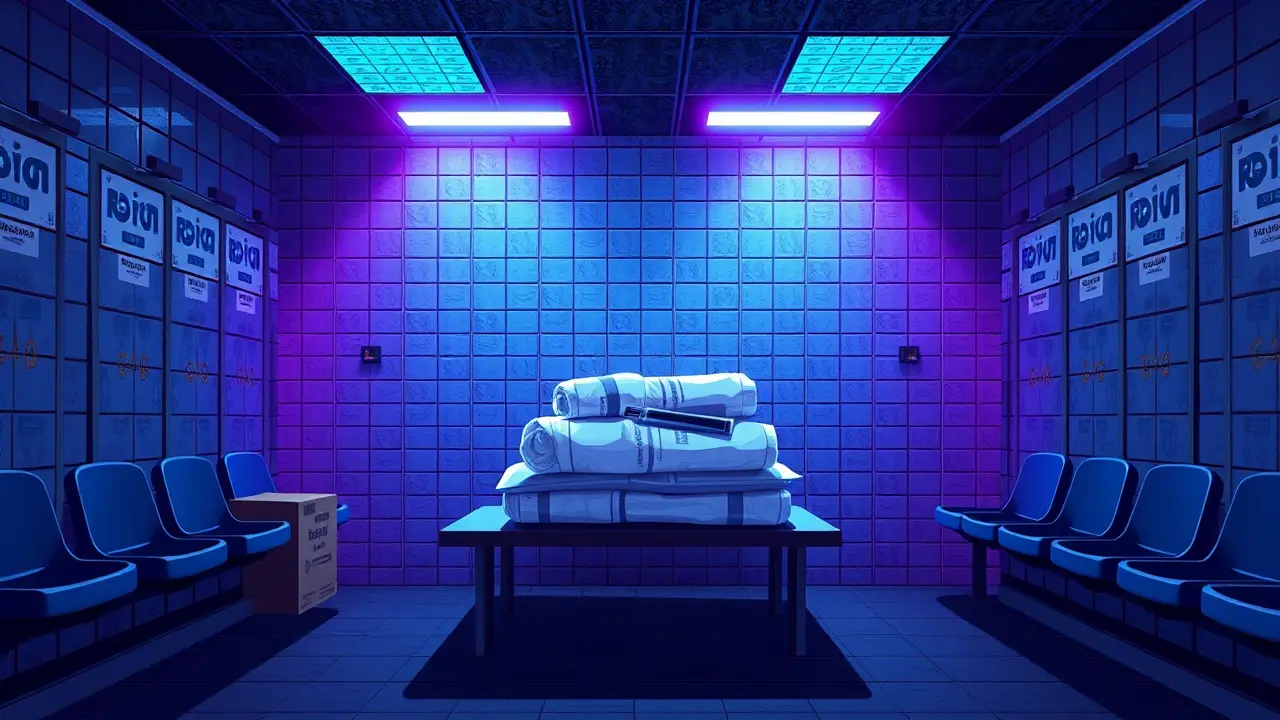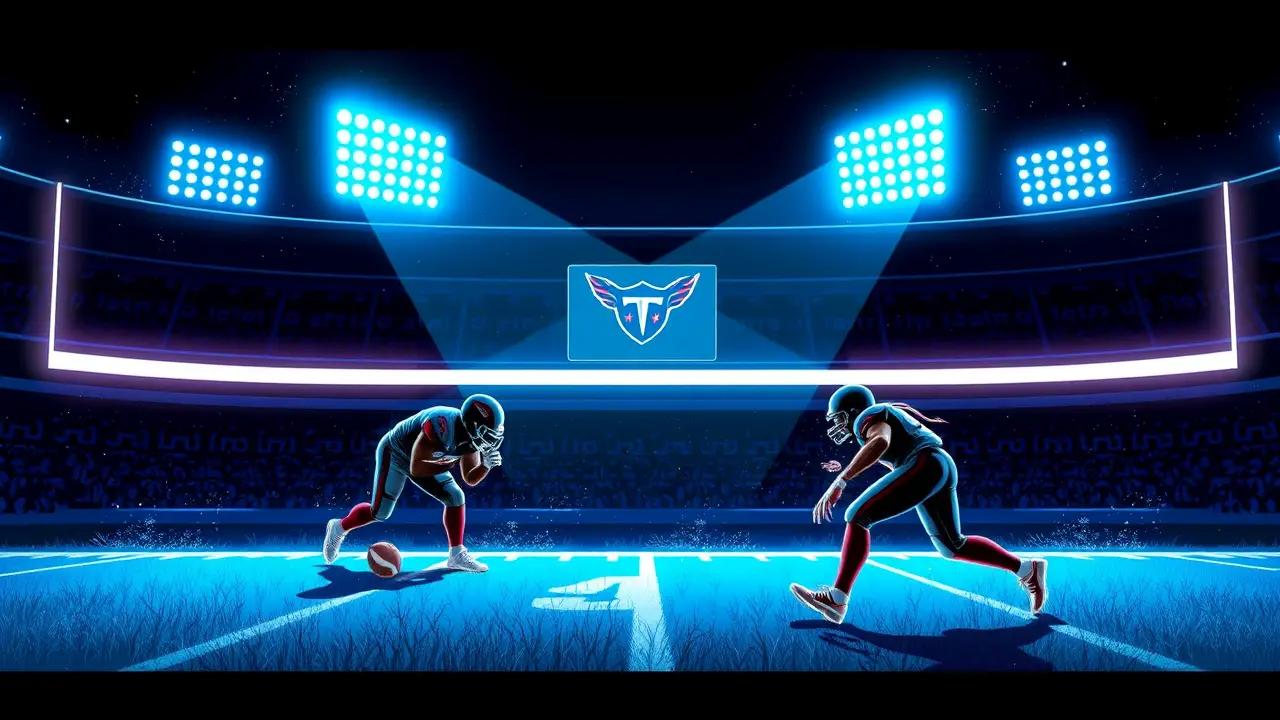
SportfootballUEFA Champions League
Lech Poznan Mocks Rayo Vallecano's Dressing Room Condition.
JA
Jack Turner
3 hours ago7 min read
In the often sanitized world of modern football, where state-of-the-art facilities are as much a part of a club's brand as its crest, a recent Europa Conference League clash between Rayo Vallecano and Lech Poznan provided a jarring, almost nostalgic, throwback to the sport's grittier roots. The match itself, a 2-0 victory for the visiting Polish side, was almost secondary to the social media drama unfolding off the pitch, as Lech Poznan's kit management team took to their official channels to deliver a scathing, darkly humorous tour of the 'guest experience' at Vallecas.The narrative began not with tactics or team sheets, but with a literal wall of cardboard boxes barricading the entrance to the dressing room—a sight one staffer described as 'unusual,' though the mystery was quickly solved upon discovering it was merely a stockpile of mineral water, a basic necessity for professional athletes that here felt like a logistical puzzle. This was merely the opening act in a theatre of the absurd that highlighted a growing, and often unspoken, divide in European football's infrastructure.The subsequent reveal of a massive stack of towels piled on a bench, dubbed a 'relic of the past,' was presented not just as a critique of amenities but as a philosophical statement; the employee mused that the room 'breathed the authentic football of old times,' a sentiment that is both romantic and damning in an era where clubs like Manchester City and Real Madrid boast facilities more akin to five-star spas. This 'folklore,' as he termed it, evokes a certain charm but also underscores a stark financial reality for clubs like Rayo, who operate with a fraction of the budget of Europe's elite, a disparity that UEFA's Financial Fair Play regulations have done little to bridge.The critique reached its peak in the description of the coaches' room, likened to an '80s party' for its complete lack of functional lighting, forcing the staff to rely on ambient light from corridor skylights—a detail that would be comical if it weren't so indicative of fundamental neglect. The broken hangers, the final touch in this tableau, completed a picture of a venue struggling to meet the baseline standards of continental competition.This incident is more than a viral tweet; it's a microcosm of the tension between football's corporate future and its working-class history. While giants invest billions in stadiums that are multimedia entertainment complexes, many historic clubs, particularly in Spain's financially strained La Liga beyond the duopoly of Barcelona and Real Madrid, are left to maintain aging grounds with character but crumbling facilities.The reaction from Lech Poznan, a club itself from a league fighting for recognition and revenue, adds a layer of poignant irony, suggesting that even within the tiers below the super-clubs, a hierarchy of expectation and resources exists. This public shaming, while undeniably embarrassing for Rayo, sparks a necessary conversation about what 'authenticity' truly means in football today—is it the weathered, communal passion of a stadium like Vallecas, or does it require a minimum standard of professionalism for visiting teams? The answer is complex, tangled in tradition, economics, and the relentless march of commercialization that threatens to leave such charming anachronisms, and the clubs that inhabit them, truly in the dark.
#featured
#Lech Poznan
#Rayo Vallecano
#stadium conditions
#dressing room
#Conference League
#football infrastructure
Stay Informed. Act Smarter.
Get weekly highlights, major headlines, and expert insights — then put your knowledge to work in our live prediction markets.
Related News
© 2025 Outpoll Service LTD. All rights reserved.














